|
|
|
23rd Convention
Seattle #4 June 20-24 5,182 in
attendance
Despite the
registration being considerably below the average attendance at Rotary
Conventions in North America in recent years, the convention in Seattle was
a striking success
Question of 1932: Should more than one
club be allowed in a city? |
|
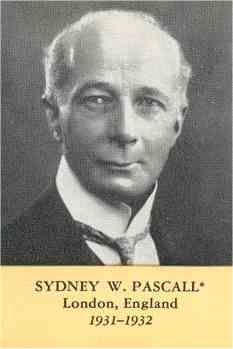
A year
before, during the convention in Vienna, Wilfrid Andrews, President of
R.I.B.I., member of the Rotary Club of Sittingbourne, England, placed in
nomination for the office of President of Rotary International, Rotarian
Sydney W. Pascall of the
Rotary Club of London. After his
election, President-Elect Pascall thanked his American friends: “I think we in
Europe appreciate that at a time when 80 per cent, or
thereabouts, of the voting strength of Rotary is American, North Americans
are helping to elect a European President. I think that is a remarkable
instance of this generosity of heart and openness of mind.” S.W.
Pascall
In the August 1931 issue of the Rotarian, PR President-Elect
Sydney W. Pascall of Great Britain wrote an article called "Consolidate,
Investigate, Translate." He was the first European to be elected RIP. In his
think-piece he talks about the need for RI to be able to communicate with
all its members in their own languages. His third paragraph reads as
follows: "I have no slogan to suggest, no motto for the year, and Rotary
needs no motto other than "Service" - "Service" unqualified, unconditional.
"Let him that would be great among you be servant of all"; that is the
Rotarian's high aim."
"Rotary is the
door to friendship. Let us throw it open to every people." PH
President's home page |
|
Sydney Pascall: the first
president from Europe.
Read his biography |
|
Seattle’s spacious and comfortable million-dollar civic auditorium hosted
the opening of the convention. |
Sydney W.
Pascall became the first European President of Rotary International |
Pascall Bio from "Paul Harris and His Successors" copyright Rotary
International |
Bio Page 3 |
 |
 |
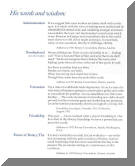 |
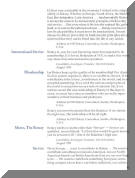 |
|
Bio Page four |
Pascal at the convention with 1932 RIP Clinton Anderson, Albuquerque, NM,
USA |
In
“Glimpses of the History of the Rotary Club of London” the author Rotarian
R. V. Mosseri wrote: |
The First
Vice President was Robert E. Heun from Richmond, Indiana U.S.A., who has
undertaken some of the duties of the President during his six month travel. |
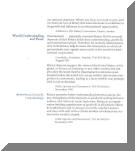 |
 |
“ I have mentioned the part played by
London in
moulding Rotary’s thinking. It was given to Sydney Pascall and Vivian
Carter, walking over the Surrey Hills one Sunday morning in 1926, to direct
their thoughts to what became the “Four Avenues of Service”. Those ideas
were widely discussed and then presented to the R. I. Convention at Ostend
in 1927, passed, and so became part of the R. I. Constitution.”
|
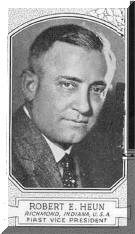 |
|
The Second
Vice President was Biagio Borriello, Charter Member of the Rotary Club of
Naples and Governor of the Italian District. |
Chairman J.
Murray Hill, Director of Rotary International, read the message from Paul
Harris |
Paul Harris' message, part one |
Paul Harris' message, part two |
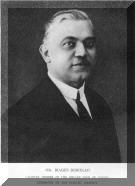 |
“To be sure, 1932 is suicide year, - another evidence of the fact that it
is a mistake to appraise business above life. [] What the world needs today
is another renaissance, one as mighty and as resistless that which swept
over Europe at the close of the Middle Ages. Rotary should play a leading part in
such renaissance; it would be in keeping with the tenets of Rotary.”
|
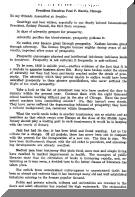 |
 |
|
In his
report, President Sydney W. Pascall talks about his extensive travels |
Concerning
the Sino-Japanese conflict in 1932, he admits: |
In the
report of the secretary Chesley R. Perry, the new location of the Central
Office Secretariat and ... |
the
European offices in London and Zurich were shown. |
 |
“at a time when acute controversy has broken out, still more when actual
armed conflict has begun, a Rotary club can do very little”. |
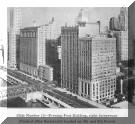 |
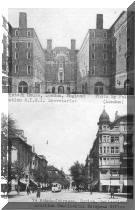 |
|
Seattle host committee, including Cecil Martin |
Convention Scrapbook |
|
|
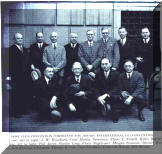 |
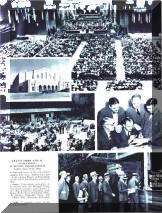 |
|
|
|
As in other conventions
before, the
resolutions adopted, rejected or withdrawn by the Seattle convention were of
no particular interest for the average Rotarian. However, from today’s view,
the discussion: “To modify restrictions pertaining to the number of rotary
clubs in one city,” seems odd. Under the 1932 situation, only cities of one
million or more population could have more than one Rotary club.
The resolution proposed to remove entirely the
limitation of numbers and to permit any city, any place in the Rotary world,
to have as many clubs as it wants.
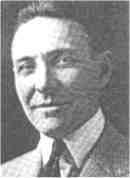 Past
President
Arch C. Klumph: “The then existing
Rotary club or Rotary clubs must give its or their approval” Past
President
Arch C. Klumph: “The then existing
Rotary club or Rotary clubs must give its or their approval”
Rotarian
Harold Ireland: “Rotary, if it is to grow, must broaden out. While it
may be exclusive, it must avoid that snobbishness of exclusion”.
|
Rotarian
John B. O’Toole: “I’m very much inclined to believe that the more
clubs you make, the more competition and the more trouble you are going to
have”.
Rotarian
John B. Nichlos: “ my opinion is that the dangerous part is that the
dissatisfied members [] will be given the opportunity of saying, “Let’s have
a club of our own”.
The
resolution was … withdrawn!
Now, please examine a
2001 membership report of the
"First100Clubs" commissioned by Rotary Club of Chicago. You can draw your
own conclusions, but many of the largest clubs have formed multiple clubs in
their communities and many of the clubs with few of even no other clubs in
their cities have not grown or have become much smaller than they once were.
Though the rules have
changed, the debate continues to this day! |
|

















 Past
President
Past
President